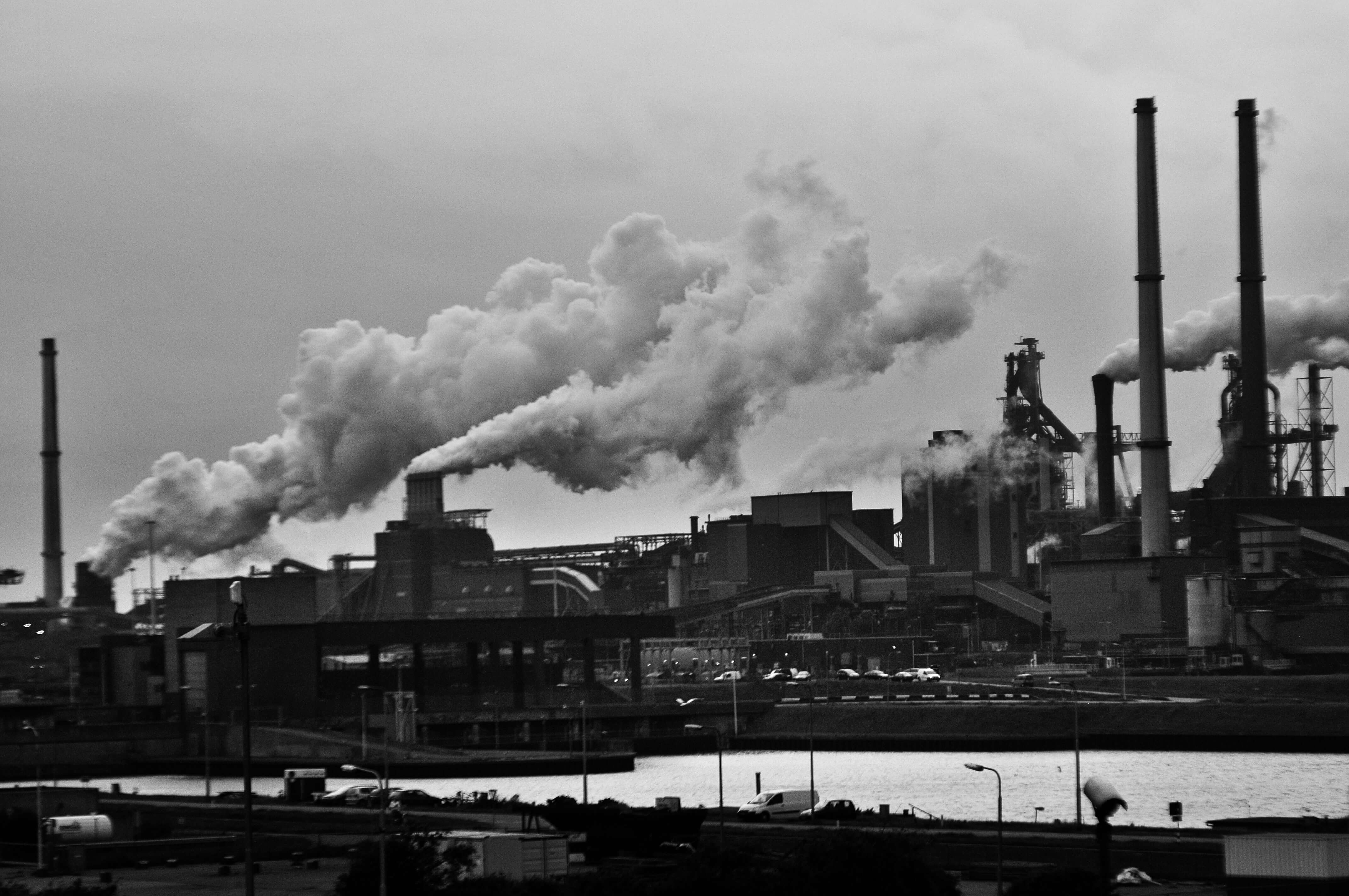
By Emelina Vigier
At a global level, severe illnesses and millions of deaths are caused by air pollution every year, making it the single worst environmental health risk according to the World Health Organization.
Amongst other health concerns, scientists are also seeing proof of a connection between air pollution and declining fertility rates.
Case in Point: California’s Power Plant Closures
In California, eight coal and oil-burning power plants closed down over a ten-year period in the early 2000s. These power plants released large quantities of particle matter into the atmosphere, exposing locals to lead, sulfur dioxide (SO2), and other harmful compounds.
This provided researchers with a unique opportunity to measure how air pollution impacts human populations. Fertility rates in the surrounding areas began to increase approximately twelve months after the power plants closed, while levels of PM 2.5 pollutants — particles that measure less than 2.5 micrometers, which is 29 times smaller than a human hair — decreased significantly.
According to a study by the School of Public Health at the University of California at Berkeley, this clearly demonstrates the link between poor air quality and various health concerns. “Residential proximity to power plants has been linked to health outcomes such as cardiovascular and respiratory disease and adverse birth outcomes,” scientists concluded.
In-Vitro Fertilization and Sperm Quality
Recent studies conducted by the Harvard T.H. Chan School of Public Health have found that air pollution may also have a negative impact on women undergoing in-vitro fertilization (IVF) procedures.
These studies followed over 423 women and 725 IVF cycles. The timeline associated with a pregnancy following IVF is closely monitored, making it possible to evaluate each treatment and determine how environmental factors may have affected their outcome.
Using residential proximity to major roadways and traffic as proxies for traffic-related air pollution, researchers found that closer residential proximity to major roadways was related to reduced likelihood of live birth following IVF.
Other studies have been made on male subjects in order to assess the impact of environmental toxins on male fertility rates. A study conducted in Taiwan found that environmental exposure to chemicals contributes to deteriorated semen quality. Studies have also shown that air pollution can actually alter sperm DNA, resulting in miscarriages or even infertility.
Similar tests have been carried out on animals, further demonstrating that various forms of air pollution have harmful effects on sperm quality. “Numerous studies have shown that heavy metals and hydrocarbons affect the sperm of animals under laboratory conditions,” confirms Dr. Ross Lemoine, DVM, veterinary epidemiologist and medical editor at Dispomed Veterinary Equipment.
Air Quality Narratives
Researchers are still working to determine why airborne pollutants impact fertility. Studies conducted at the Boston University School of Medicine show that there could be many different mechanisms involved, but chronic and systemic inflammation caused by pollutants may be a key factor.
As science uncovers further evidence of these biological mechanisms, fertility and women’s health issues are increasingly included in public narratives concerning air quality. Furthermore, it has been shown that air pollution disproportionately impacts underprivileged populations. This includes communities of color and developing countries, where there are fewer fertility treatments and specialists available to help women conceive and carry to term.
In recent years a mounting body of scientific evidence has shown the link between environmental toxins and declining fertility rates, bringing this topic to the forefront of public health discourse.
Emelina Vigier is a health and eco-friendly lifestyle writer. Visit her website.





